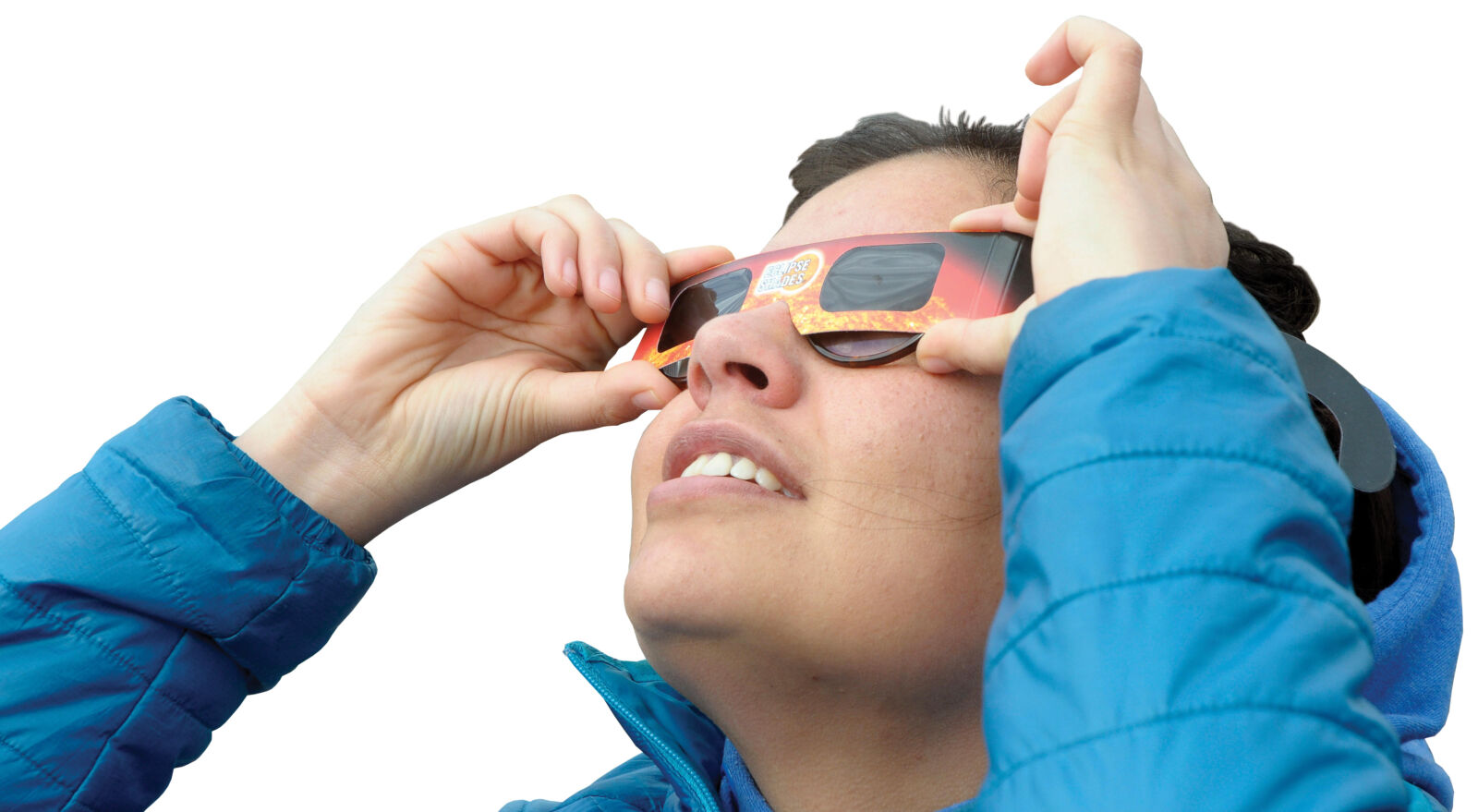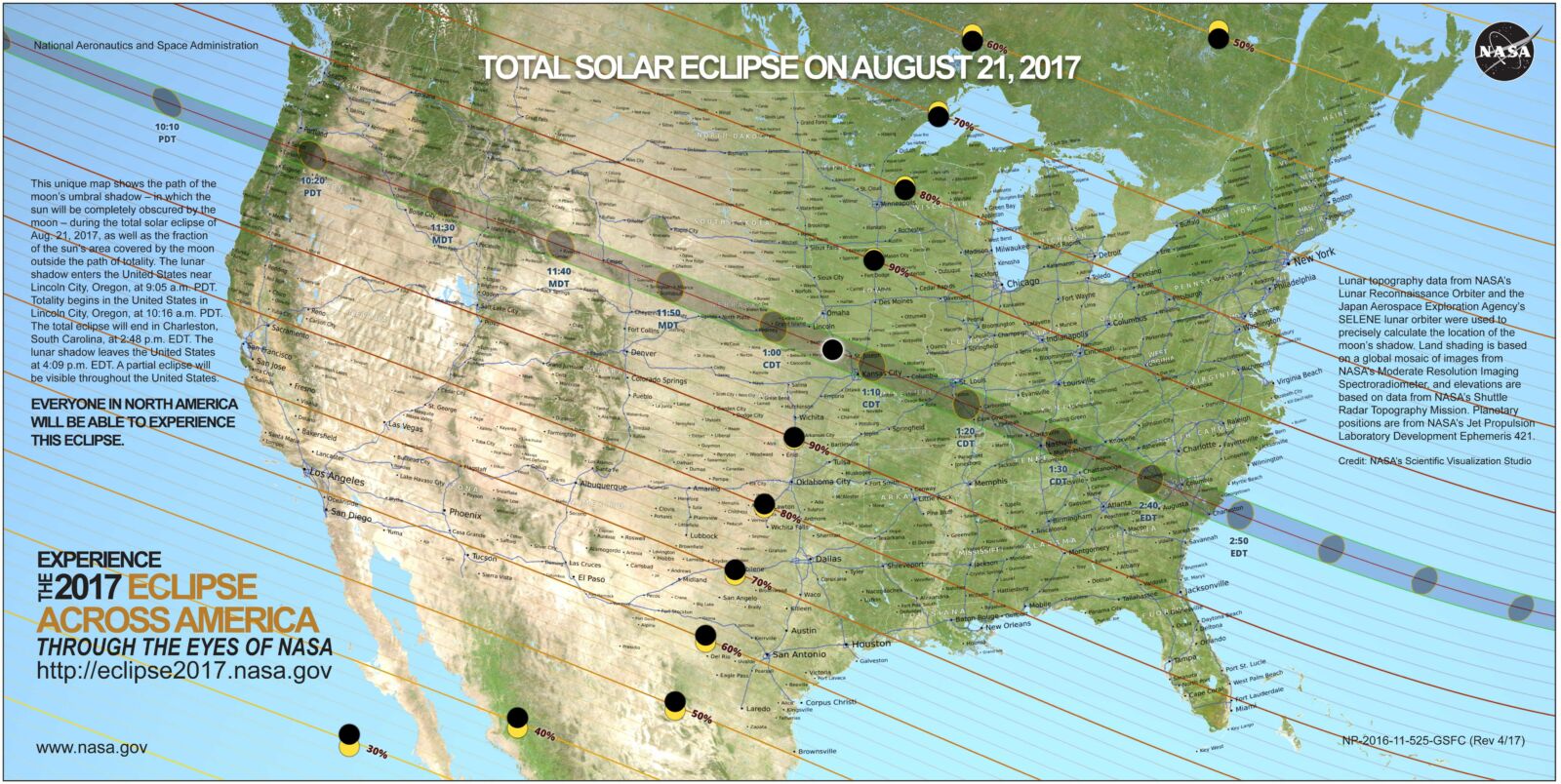This summer’s solar eclipse will be an experience you won’t want to miss. Some of the best viewing spots for this exciting event are our very own National Forests and Grasslands!
In addition to our tips below, explore NASA’s plethora of resources at eclipse2017.nasa.gov. You’ll find maps, resources, events and more.

Viewing this year’s Total Solar Eclipse is a great family activity, but you should take a few precautions. The NASA site offers some safety tips including:
Use Eclipse Glasses
The only safe way to look directly at the uneclipsed or partially eclipsed sun is through special-purpose solar filters, such as “eclipse glasses” or handheld solar viewers. Homemade filters or ordinary sunglasses, even very dark ones, are not safe for looking at the sun.

Make Sure Your Solar Filter is Good to Go
Always inspect your solar filter before use; if scratched or damaged, discard it. Read and follow any instructions printed on or packaged with the filter. Always supervise children using solar filters.
Always use your Eclipse Glasses When Looking at the Sun
Stand still and cover your eyes with your eclipse glasses or solar viewer before looking up at the bright sun. After glancing at the sun, turn away and remove your filter — do not remove it while looking at the sun.
Do not look at the uneclipsed or partially eclipsed sun through an unfiltered camera
Do not look at the uneclipsed or partially eclipsed sun through an unfiltered camera, telescope, binoculars, or other optical device. Similarly, do not look at the sun through a camera, a telescope, binoculars, or any other optical device while using your eclipse glasses or hand-held solar viewer — the concentrated solar rays will damage the filter and enter your eye(s), causing serious injury. Seek expert advice from an astronomer before using a solar filter with a camera, a telescope, binoculars, or any other optical device.

Only Remove Your Solar Filter in the Moments of Totality
If you are within the path of totality, remove your solar filter only when the moon completely covers the sun’s bright face and it suddenly gets quite dark. Experience totality, then, as soon as the bright sun begins to reappear, replace your solar viewer to glance at the remaining partial phases.
Visit eclipse2017.nasa.gov for more information.

